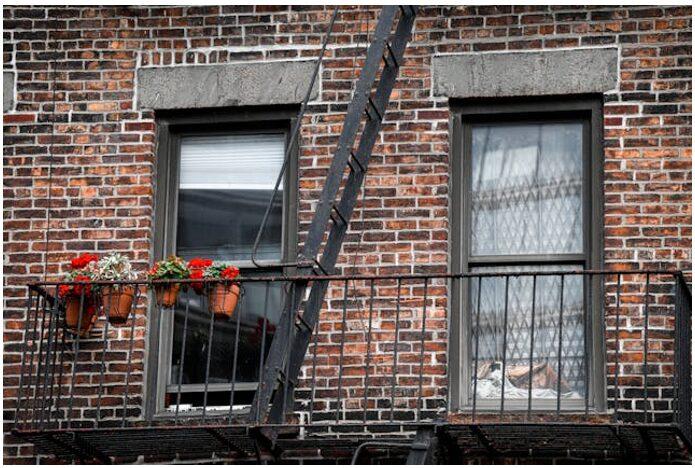In the ever-evolving landscape of New York City’s housing market, recent rent control measures have ignited a complex debate, placing both tenants and landlords in challenging positions. While these policies aim to ensure affordability for residents, critics argue they may inadvertently strain landlords financially, potentially impacting housing availability and quality.
Understanding the New Rent Guidelines
The New York City Rent Guidelines Board (RGB) has proposed rent increases for rent-stabilized apartments:
- 1.75% to 4.75% for one-year leases
- 4.75% to 7.75% for two-year leases
These adjustments are set to affect leases commencing between October 1, 2025, and September 30, 2026, with final approval expected in June 2025.
While these increases aim to balance tenant affordability and landlord expenses, many property owners argue that the hikes fall short of covering rising costs, including property taxes, maintenance, and compliance with environmental regulations.
Landlords’ Financial Challenges
Landlords contend that the proposed rent increases do not keep pace with the escalating expenses associated with property management. Factors such as inflation, increased insurance premiums, and mandatory building upgrades contribute to the financial strain. Some landlords express concern that inadequate rent adjustments may lead to deferred maintenance or the decision to leave units vacant, unable to afford necessary renovations.
Reports indicate that over 26,000 rent-stabilized apartments were “vacant but unavailable for rent” in 2023, down from about 43,000 in the same survey two years ago.
Tenants’ Perspective
From the tenants’ viewpoint, rent control measures are essential for maintaining affordable housing in a city where living costs continue to rise. However, some tenants have reported deteriorating living conditions, including issues like rodents, leaks, and heating problems, particularly in rent-stabilized units.
These challenges may be linked to landlords’ financial limitations, affecting their ability to perform timely maintenance and repairs.
The Broader Implications
The tension between maintaining affordable housing and ensuring landlords can sustainably manage their properties underscores the complexity of rent control policies. Economists and housing experts have long debated the effects of such measures, with concerns that they may discourage investment in rental properties, leading to a reduction in the overall housing supply.
In New York City, the combination of stringent rent regulations and rising operational costs has raised concerns about the financial viability of maintaining and investing in rental housing, potentially exacerbating the city’s housing shortage.
Seeking a Balanced Approach
As New York City continues to grapple with its housing challenges, stakeholders emphasize the need for policies that consider both tenant protections and landlords’ financial realities. A balanced approach aims to ensure that affordable housing remains available without compromising the quality and sustainability of the housing stock.
The ongoing dialogue between tenants, landlords, and policymakers is crucial in shaping a housing landscape that serves the needs of all New Yorkers.







